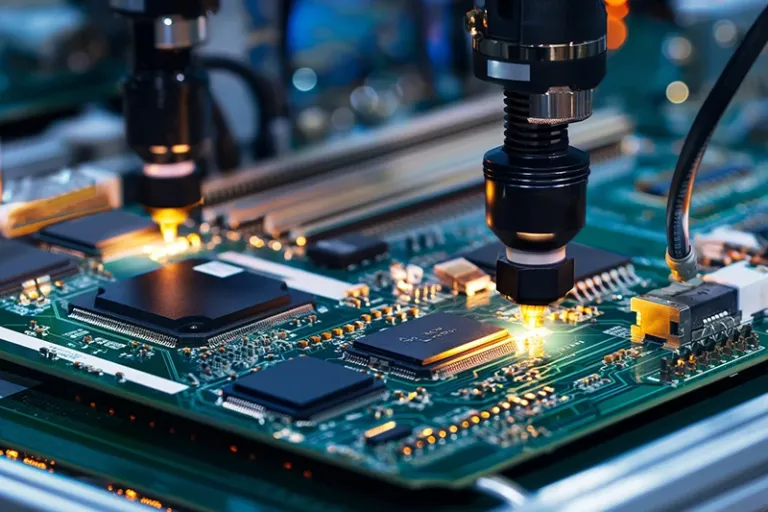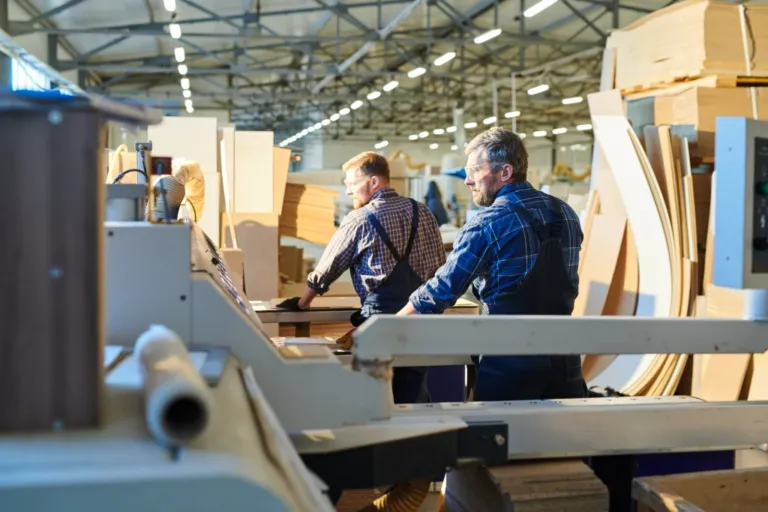Food & Beverage: Temperature-Controlled Production Monitoring
Implementing MES with specialized IoT sensors to monitor critical control points throughout production lines, automatically documenting temperature compliance for HACCP requirements, and alerting supervisors when parameters deviate from safe ranges.
Table of Contents
Toggle1. Industry Context & Customer Profile
Industry Segment: Food & Beverage Manufacturing
The food and beverage manufacturing sector in Vietnam faces increasing demands for quality assurance, regulatory compliance, and operational efficiency. As one of the fastest-growing industrial segments in the region, this sector must balance traditional production methods with modern technological solutions to remain competitive in both domestic and international markets.
Typical Customer
Mid to large-sized food and beverage producers with multiple production lines, processing between 5-50 tons of product daily. These manufacturers typically manage complex operations involving raw material processing, cooking or preparation, packaging, and storage—all requiring strict temperature control at various stages.
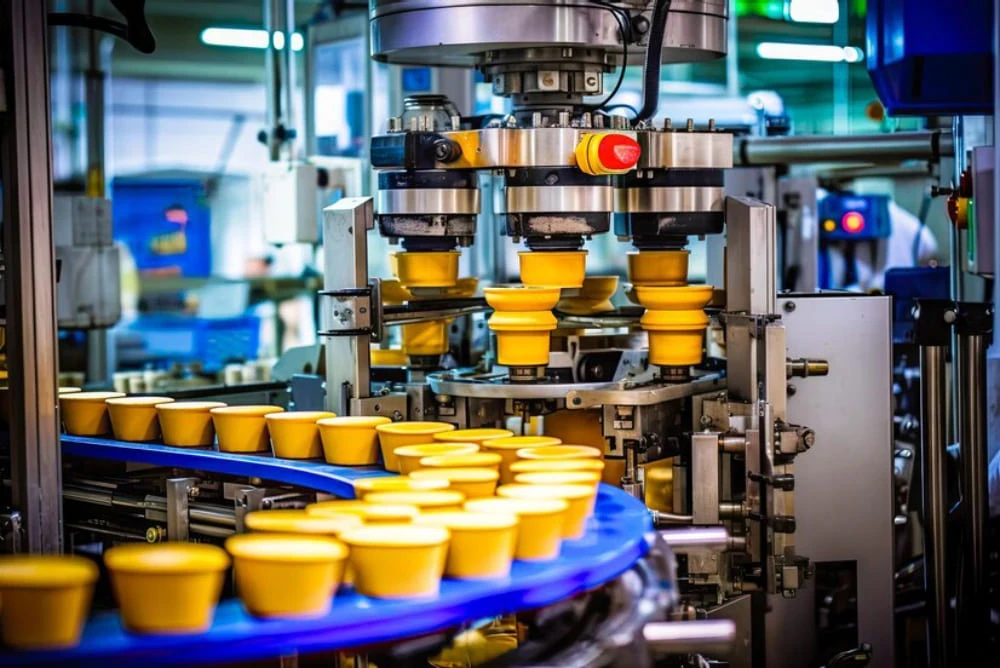
Current Operational Environment
Most food and beverage manufacturers in Vietnam still rely on manual temperature monitoring systems using handheld thermometers. Production staff record temperature readings on paper logs at predetermined intervals, typically once per hour or per batch. Quality control personnel then transfer this data to spreadsheets for compliance documentation. This labor-intensive process creates multiple challenges, including:
- Inconsistent monitoring intervals
- Human error in measurement and documentation
- Delayed awareness of temperature deviations
- Difficulty in analyzing historical trends
- Time-consuming compliance reporting
- Limited ability to verify proper cold chain maintenance
2. Critical Pain Points & Challenges
Operational Inefficiencies
Food and beverage manufacturers lose significant operational time through manual temperature monitoring. Staff members must regularly pause their primary tasks to take readings, record values, and respond to deviations. An average production facility dedicates approximately 15-20 employee hours per week solely to temperature monitoring activities.
Additionally, the delay between scheduled readings creates blind spots in quality monitoring. By the time a temperature deviation is detected during an hourly check, product quality may already be compromised, leading to waste and rework.
Compliance & Quality Concerns
HACCP (Hazard Analysis Critical Control Point) compliance requires thorough documentation of temperature control at critical points throughout production. Manual systems often create incomplete or inaccurate records, exposing manufacturers to:
- Regulatory penalties
- Failed compliance audits
- Product recalls
- Loss of international export certifications
- Damage to brand reputation
For example, one medium-sized dairy producer in Ho Chi Minh City reported that incomplete temperature records resulted in rejection of an entire export shipment, costing approximately $75,000 in direct losses.
Cost Pressures
The food and beverage industry operates on tight margins, typically 4-7%. Each instance of product waste due to temperature non-compliance directly impacts profitability. On average, manufacturers report:
- 2-5% of production lost due to temperature-related quality issues
- Increased labor costs for quality inspection and documentation
- Higher energy costs from inefficient heating/cooling system operation
- Expenses related to rush production to replace rejected batches
Competitive Disadvantages
As larger food and beverage manufacturers implement advanced monitoring technology, those relying on manual methods face significant disadvantages:
- Inability to provide real-time compliance documentation to major retailers
- Challenges meeting export market requirements for temperature verification
- Difficulty competing on quality consistency
- Higher operating costs reducing price competitiveness
3. DxFactory Solution Overview
Primary DxFactory Components
The DxFactory temperature monitoring solution integrates three core components:
- Manufacturing Execution System (MES) – Central software platform for production monitoring, data collection, and reporting
- IoT Sensor Network – Wireless temperature sensors with customizable alert thresholds
- Quality Management System (QMS) – Automated compliance documentation and reporting
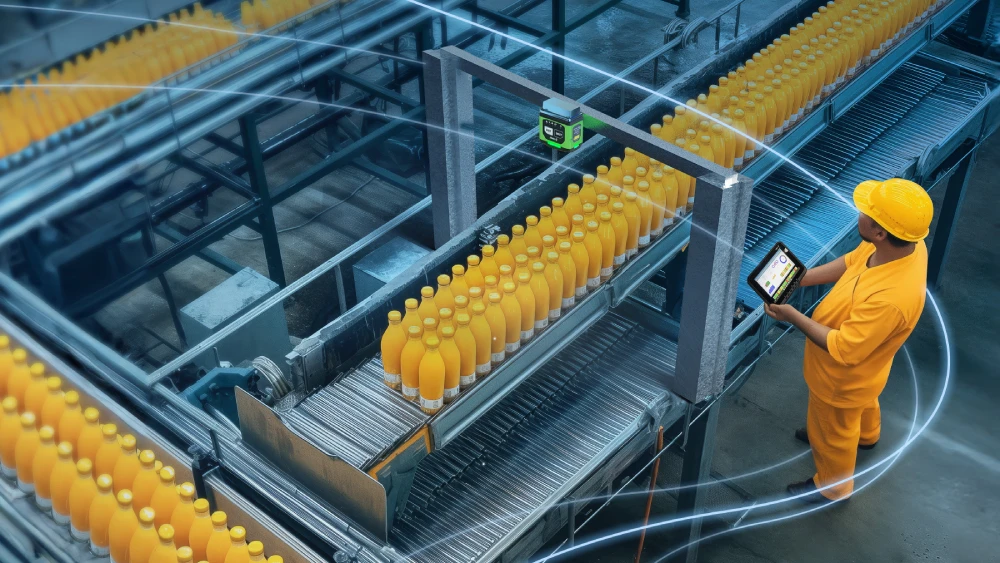
Key Functionalities
The integrated solution provides comprehensive temperature monitoring capabilities:
- Continuous Measurement – Temperature readings at configurable intervals (typically every 1-5 minutes) rather than hourly checks
- Real-time Alerting – Immediate SMS and dashboard notifications when temperatures exceed acceptable ranges
- Automated Documentation – Digital records automatically generated and stored for each production batch
- Trend Analysis – Historical temperature data visualization to identify patterns and optimization opportunities
- Compliance Reporting – One-click generation of regulatory reports for HACCP, ISO 22000, and export requirements
- Equipment Performance Tracking – Monitoring of heating/cooling equipment efficiency and maintenance needs
Integration Approach
The DxFactory solution integrates with existing production environments through:
- Wireless sensors requiring minimal installation disruption
- Cloud or on-premises data storage options
- Integration with existing ERP and inventory systems
- Mobile applications for supervisor monitoring and alerts
- Customizable dashboards for different user roles
Technical Requirements
Implementation requires:
- Wireless temperature sensors rated for food production environments (IP67)
- Gateway devices for data transmission
- Server infrastructure (on-premises or cloud-based)
- Network connectivity in production areas
- Tablet or mobile devices for supervisor dashboards
4. Implementation Roadmap
Phase 1: Assessment & Planning (2-3 weeks)
- Initial site assessment to identify all critical control points
- Mapping of current temperature monitoring procedures
- Gap analysis between current practices and regulatory requirements
- Solution customization to address specific production processes
- Installation planning to minimize production disruption
- Defining alert thresholds and escalation procedures
Phase 2: Deployment & Configuration (3-4 weeks)
- Installation of temperature sensors at identified critical control points
- Configuration of gateway devices and network connectivity
- MES system installation and configuration
- Integration with existing production systems
- Calibration and validation of all temperature sensors
- Configuration of automated reporting templates
Phase 3: Training & Adoption (2 weeks)
- Production manager and supervisor training on dashboard operation
- Quality personnel training on compliance reporting
- Maintenance staff training on system troubleshooting
- Parallel operation with existing manual systems for validation
- Development of standard operating procedures for alert responses
Phase 4: Optimization & Expansion (Ongoing)
- Performance review after first month of operation
- Refinement of alert thresholds based on operational experience
- Adding additional monitoring points as needed
- Implementation of predictive maintenance for heating/cooling equipment
- Integration of additional parameters (humidity, pressure, etc.) as needed
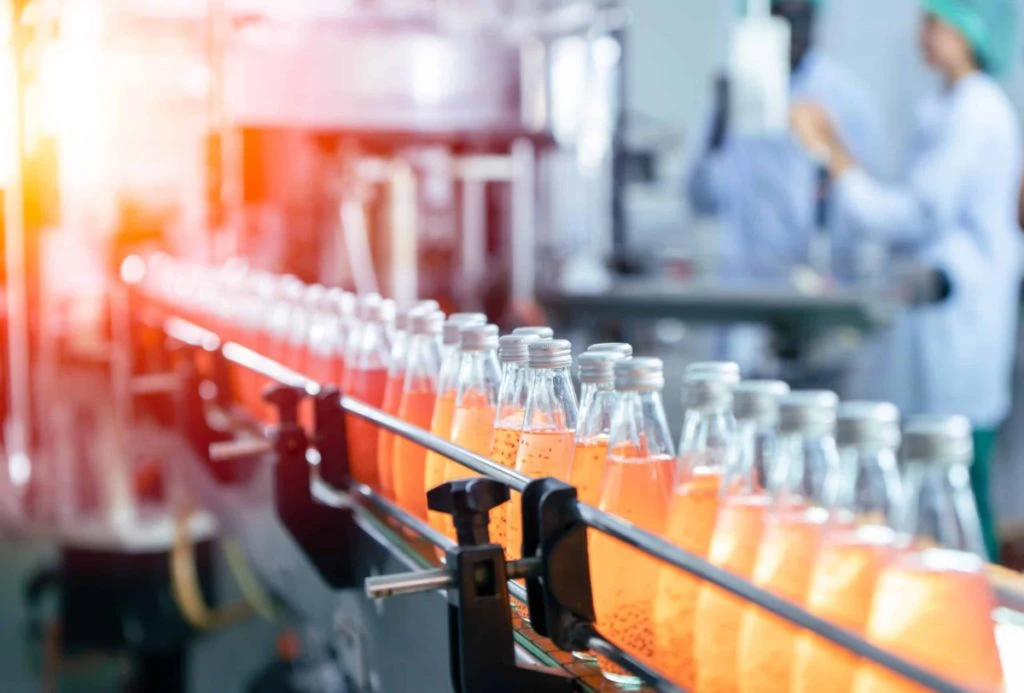
5. Value Delivery & ROI Analysis
Immediate Benefits
Within the first three months of implementation, manufacturers typically experience:
- 80% reduction in time spent on manual temperature monitoring
- 100% compliance with regulatory documentation requirements
- 15-20% reduction in temperature-related quality incidents
- 50% faster response time to temperature deviations
Operational Improvements
Measured improvements after 6-12 months include:
- Production staff efficiency increase of 5-8%
- Quality assurance personnel time redirected to preventive activities
- Reduction in batch rejections by 30-40%
- Production line availability increased by 2-3%
- Preventive identification of equipment maintenance needs
Financial Impact
A typical medium-sized food and beverage manufacturer can expect:
- Return on investment within 8-12 months
- Reduction in product waste valued at $20,000-$50,000 annually
- Labor cost savings of $15,000-$25,000 annually
- Energy efficiency improvements of 5-7% through optimized equipment operation
- Reduced risk of costly product recalls (average recall cost: $100,000+)
Competitive Advantage
Manufacturers implementing the DxFactory temperature monitoring solution gain significant market advantages:
- Ability to pursue premium customers requiring stringent quality controls
- Enhanced capability to enter export markets with strict documentation requirements
- Improved brand reputation through consistent product quality
- Data-driven decision making for continuous improvement
Related Articles:


